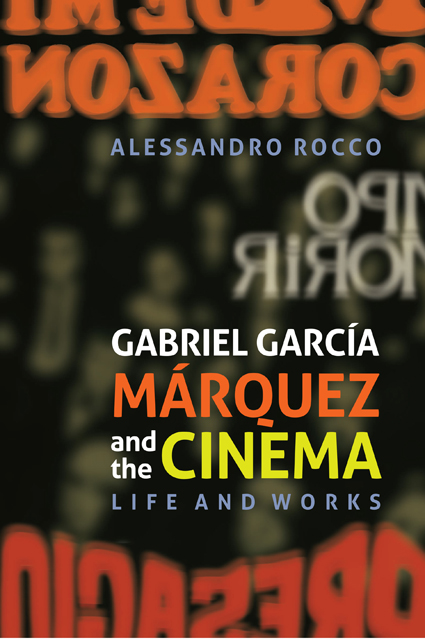Book contents
- Frontmatter
- Dedication
- Contents
- List of Illustrations
- Acknowledgements
- Preface
- 1 The Cinema in the Life of García Márquez
- 2 Tiempo de morir
- 3 Films from the 1970s: The Ghosts of Realism
- 4 Screenplay and Revolution: ¡Viva Sandino!
- 5 Magic Realism in the Cinema
- 6 Six Episodes for Cinema and Television: Amores difíciles
- 7 Con el amor no se juega
- 8 The Fantastic on Television: Me alquilo para soñar
- 9 History and Tragedy: Edipo Alcalde
- Afterword: Works by García Márquez Adapted for the Cinema
- Bibliography
- Index
7 - Con el amor no se juega
Published online by Cambridge University Press: 24 February 2023
- Frontmatter
- Dedication
- Contents
- List of Illustrations
- Acknowledgements
- Preface
- 1 The Cinema in the Life of García Márquez
- 2 Tiempo de morir
- 3 Films from the 1970s: The Ghosts of Realism
- 4 Screenplay and Revolution: ¡Viva Sandino!
- 5 Magic Realism in the Cinema
- 6 Six Episodes for Cinema and Television: Amores difíciles
- 7 Con el amor no se juega
- 8 The Fantastic on Television: Me alquilo para soñar
- 9 History and Tragedy: Edipo Alcalde
- Afterword: Works by García Márquez Adapted for the Cinema
- Bibliography
- Index
Summary
At the beginning of his book entitled Cómo se cuenta un cuento García Márquez explains that everything began when he was contacted by the television company with a request for thirteen love stories, each lasting half an hour, set in Latin America. Since at the time he was involved in a screenplay laboratory in Mexico, he decided to involve the participants in making up the stories. In this way, through a collective project, ‘the idea, even if of a single person, is developed with the participation of everybody’. The method is the same as the one used in the seminars on screenplay in the Cuban school at San Antonio de los Baños, where in the end ‘just one person writes the story, because obviously only the general outlines of a story can be elaborated collectively, whereas only one individual can have the job of writing a screenplay’. The results were so pleasing and interesting that García Márquez came to a definite conclusion: ‘half an hour is the ideal format. It flies straight as an arrow. Either it hits the bull’s eye or nothing.’
The series he was talking about was made in Mexico in 1991. It comprised three episodes which were later brought together in a film called Con el amor no se juega. The common thread running through the three stories is the sudden appearance in the life of each of the female protagonists of a love that is quite out of the ordinary, and so intense as to transform the course of her existence for good.
El espejo de dos lunas
García Márquez gave the following summary of the first episode in the film:
A girl buys a nineteenth-century mirror, the dream of a lifetime. She hangs it up in her room and soon discovers that there is someone living inside the mirror. He lives in the mirror, in the middle of the nineteenth century, and she outside it, in the middle of the twentieth century. Half an hour of an impossible love story between two people who cannot meet for the simple reason that they live in different centuries.
- Type
- Chapter
- Information
- Gabriel García Márquez and the CinemaLife and Works, pp. 139 - 146Publisher: Boydell & BrewerPrint publication year: 2014

